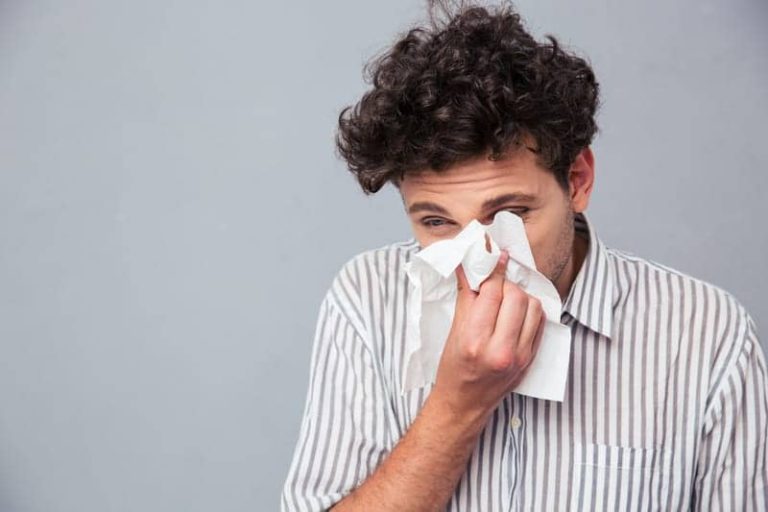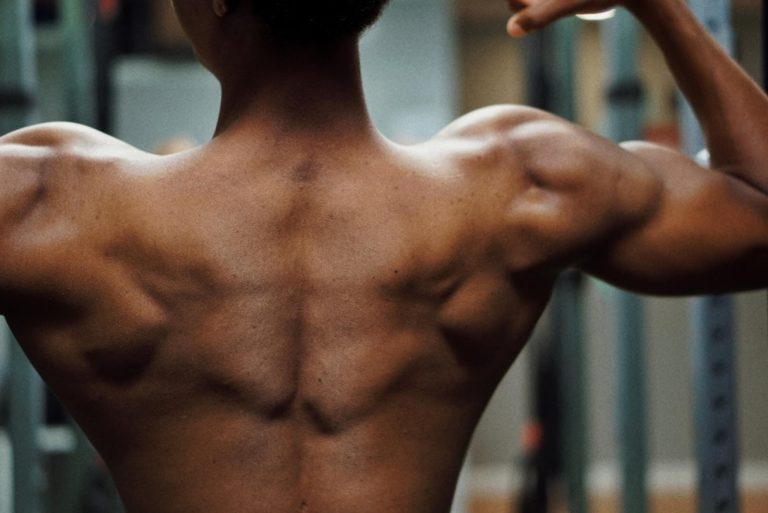PRP: The Cutting-Edge Treatment for Sports Injuries and Orthopedic Conditions
Platelet-Rich Plasma (PRP) therapy leverages the body’s natural healing mechanisms to expedite recovery and tissue repair. It involves extracting platelets from the patient’s blood, which release growth factors to assist healing when injected at the injury site. PRP benefits athletes by offering quicker healing and reduced inflammation, reducing the risk of re-injury. This state-of-the-art treatment is a non-invasive alternative to surgery and promotes accelerated recovery from various orthopedic conditions. Its precise injection process under ultrasound guidance guarantees targeted treatment. PRP stands as an advanced option for sports injuries and orthopedic conditions, providing enhanced healing potentials.
The Science Behind PRP Therapy
The scientific foundation of Platelet-Rich Plasma (PRP) therapy lies in its ability to harness the body’s natural healing mechanisms to promote tissue repair and regeneration. PRP is derived from the patient’s blood and contains a concentration of platelets above baseline levels. Platelets are rich in bioactive proteins, growth factors, and cytokines that play essential roles in the healing process. When there is an injury, platelets become activated and release these growth factors, which initiate and promote tissue repair.
Research has shown that PRP therapy can enhance the body’s natural healing processes by delivering a high concentration of growth factors directly to the site of injury. These growth factors stimulate cellular proliferation, angiogenesis (formation of new blood vessels), and collagen production, which are vital for tissue regeneration. Additionally, PRP has anti-inflammatory properties that can help reduce pain and swelling associated with injuries.
The composition of PRP can vary based on the preparation technique used, such as centrifugation speed and time. Studies have indicated that the ideal concentration of platelets in PRP for therapeutic effectiveness ranges between 3 to 5 times the baseline levels. However, the exact mechanism of action and the ideal PRP formulation for different conditions are still areas of ongoing research.
Benefits of PRP for Athletes
Enhancing athletic performance and accelerating recovery times are notable benefits of utilizing Platelet-Rich Plasma (PRP) therapy for athletes. PRP offers a range of advantages that make it an attractive option for both professional and amateur athletes looking to optimize their performance and expedite their healing process. Here are three key benefits of PRP for athletes:
- Faster Recovery: PRP injections can notably speed up the recovery process from sports injuries such as tendonitis, muscle strains, and ligament sprains. By delivering a high concentration of growth factors to the injured area, PRP promotes tissue repair and regeneration, helping athletes return to training and competition quicker than traditional methods.
- Enhanced Healing: PRP not only accelerates recovery but also enhances the overall healing process. The growth factors present in PRP stimulate cell proliferation and collagen production, leading to stronger and more resilient tissue repair. This can reduce the risk of re-injury and improve long-term outcomes for athletes.
- Non-Surgical Treatment: One of the most notable advantages of PRP for athletes is that it offers a non-invasive alternative to surgery for many musculoskeletal injuries. By harnessing the body’s natural healing mechanisms, PRP can help athletes avoid the risks and downtime associated with surgical procedures, allowing them to get back to their sport with minimal interruption.
PRP Vs. Traditional Treatments
Comparing Platelet-Rich Plasma (PRP) therapy to traditional treatments for sports injuries and orthopedic conditions reveals distinct differences in effectiveness and recovery outcomes. Traditional treatments often focus on managing symptoms like pain and inflammation rather than promoting tissue repair and regeneration. Common traditional approaches include rest, ice, compression, and elevation (RICE), physical therapy, anti-inflammatory medications, and in more severe cases, surgery.
In contrast, PRP therapy harnesses the body’s natural healing mechanisms to accelerate tissue repair and promote excellent healing. By using the patient’s own concentrated platelets, PRP delivers a high dose of growth factors directly to the site of injury, stimulating tissue regeneration and reducing inflammation. This targeted approach can lead to faster recovery times and improved outcomes compared to traditional treatments.
Research studies have shown that PRP therapy can be particularly beneficial for conditions like tendon injuries, osteoarthritis, and ligament sprains. In many cases, PRP has been found to be more effective than traditional treatments in reducing pain, improving function, and enhancing tissue healing. While traditional treatments have their merits, PRP offers a cutting-edge alternative that holds promise for athletes and individuals seeking excellent recovery from sports injuries and orthopedic conditions.
Conditions Treated With PRP
PRP treatment has shown efficacy in addressing a variety of orthopedic conditions and sports injuries. The regenerative properties of platelet-rich plasma have made it a promising option for patients looking to accelerate healing and recovery. Here are three common conditions that can be effectively treated with PRP:
- Tendon Injuries: PRP has been particularly successful in treating tendon injuries such as tennis elbow, Achilles tendonitis, and rotator cuff tears. By injecting PRP directly into the damaged tendon, it can stimulate the body’s natural healing process and promote tissue repair.
- Osteoarthritis: Patients suffering from osteoarthritis, a degenerative joint disease, have also benefited from PRP therapy. The growth factors present in PRP can help reduce inflammation, alleviate pain, and potentially slow down the progression of the disease by promoting cartilage regeneration.
- Ligament Sprains: Ligament sprains, commonly seen in sports injuries, can be effectively treated with PRP injections. The concentrated platelets in PRP can aid in the repair of damaged ligaments by enhancing the body’s healing mechanisms and promoting tissue regeneration.
These are just a few examples of the orthopedic conditions and sports injuries that can be effectively treated with PRP therapy. The regenerative potential of PRP makes it a valuable treatment option for individuals looking to improve their recovery outcomes and return to their active lifestyles sooner.
PRP Procedure Explained
The platelet-rich plasma (PRP) procedure involves the extraction and concentration of a patient’s own blood to create a therapeutic solution used in regenerative medicine. This procedure harnesses the natural healing properties of platelets to accelerate tissue repair and promote healing in various orthopedic and sports-related injuries.
To begin the PRP procedure, a small sample of the patient’s blood is drawn, typically from the arm. The collected blood is then processed using a centrifuge machine to separate the platelets from other blood components. This process concentrates the platelets to create the PRP solution, which is rich in growth factors and cytokines that play an important role in tissue regeneration.
Once the PRP solution is prepared, it is injected directly into the injured area under ultrasound guidance to ensure precision and accuracy. The growth factors within the PRP stimulate the body’s natural healing response, promoting tissue repair, reducing inflammation, and accelerating the healing process.
The PRP procedure is minimally invasive and is performed on an outpatient basis, meaning patients can typically resume their daily activities shortly after treatment. While individual responses to PRP therapy may vary, many patients experience significant improvements in pain, function, and overall recovery following the procedure. The PRP procedure represents a promising approach in regenerative medicine for treating sports injuries and orthopedic conditions.
Recovery and Success Stories
Discover the real-life recovery journeys and inspirational triumphs made possible by PRP treatment for sports injuries and orthopedic conditions. These success stories highlight the effectiveness of PRP in helping individuals overcome their injuries and regain functionality. Through these accounts, witness the transformative power of PRP therapy in restoring hope and mobility to those facing musculoskeletal challenges.
Real-Life Recovery Journeys
Through the lens of real-life experiences, individuals have showcased remarkable recovery journeys from sports injuries and orthopedic conditions utilizing PRP treatment.
- Case 1: A professional athlete with a severe tendon injury regained full functionality after PRP injections, returning stronger to their sport.
- Case 2: A middle-aged individual suffering from chronic joint pain found relief and improved mobility following PRP therapy, avoiding the need for surgery.
- Case 3: An active individual with a meniscus tear experienced accelerated healing and was back to their regular activities sooner than expected due to PRP treatment.
Inspirational Triumphs
Showcasing remarkable recovery journeys, individuals who have undergone PRP treatment for sports injuries and orthopedic conditions have achieved inspiring triumphs. These success stories highlight the efficacy of PRP therapy in aiding recovery and improving quality of life for athletes and individuals with orthopedic issues. The following table presents a glimpse of some of these inspirational triumphs:
| Patient | Condition | Treatment | Outcome | |——————-|———————-|———————|——————–| | John S. | Torn ACL | PRP Injection | Full recovery and return to professional basketball. | | Sarah L. | Rotator Cuff Injury | PRP Therapy | Regained full range of motion and strength in the shoulder. | | Alex M. | Chronic Tendonitis | PRP Treatment | Pain-free and back to running marathons. |
Stay in touch to get more updates & news on World Times!







